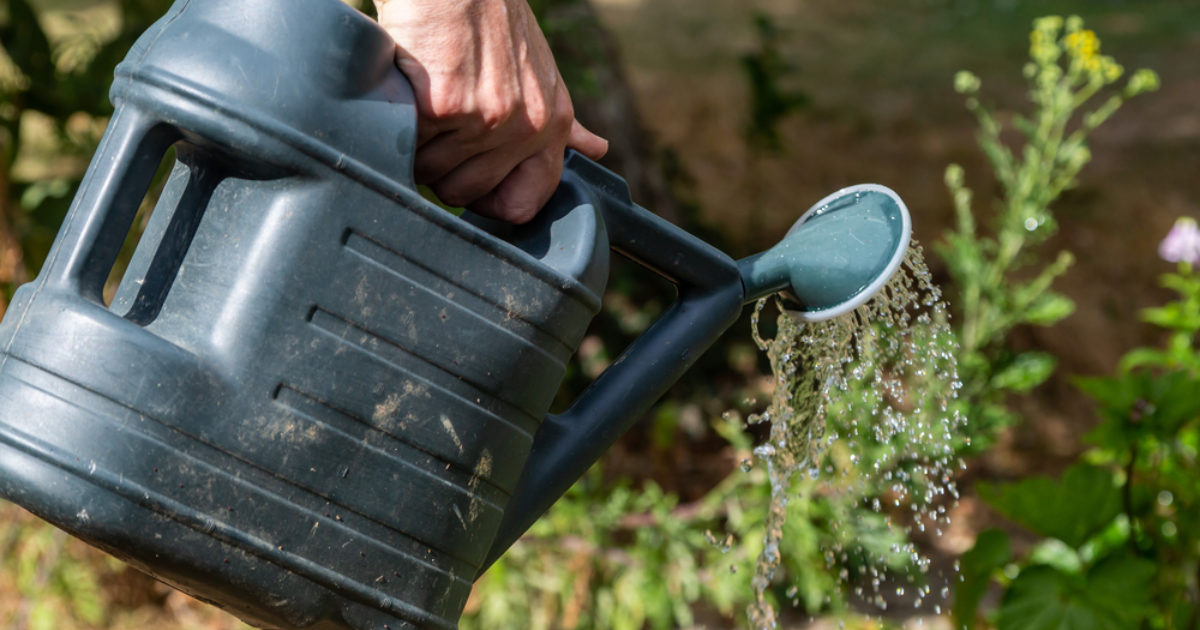Last updated:
22 Aug. 2025
Analysis [1] of Agriculture and Horticulture Development Board (AHDB) yield estimates [2] produced by the Energy & Climate Intelligence Unit (ECIU) suggests that the UK is on course for its fifth worst harvest since 1984, when detailed records began. The new analysis follows a revision to previously published yield estimates by the AHDB, which unexpectedly reduced the anticipated yield for wheat [3], further downgrading the already low expectations for this year’s harvest.
The UK suffered one of the driest springs on record [4], which hit the development of arable crops such as wheat, oats and barley at a crucial time, with significant regional variations depending on soil type and rainfall. The anticipated poor harvest followed last year’s even worse output, with 2024 being the third worst UK harvest on record [5] after extreme rainfall made worse by climate change [6] hit farmer’s ability to establish and manage their crops.
Commenting on the new estimates, Tom Lancaster, land, food and farming analyst at the Energy and Climate Intelligence Unit (ECIU) said:
“British farmers are again having to contend with another terrible harvest, after another year of extreme, record-breaking weather. This is what farming in a changing climate looks like, with huge implications for our farmers, food production and UK food security.
“Farmers need more and better support to adapt to these extremes. There is now a real urgency to ensure that support to invest in healthier soils and other green farming measures that can boost resilience is once again made available. The only real insurance against these climate impacts wrecking future harvests is to reduce our greenhouse gas emissions to net zero. This should now be viewed as a priority for our long-term food security.”
A fifth worst harvest on record in 2025 would mean that three of the five worst harvests since records began – 2020, 2024 and 2025 – had all occurred this decade after periods of extreme weather. These extremes are all in line with climate models [7], which suggest warmer, wetter winters and hotter, drier summers for the UK, along with more intense rainfall, and indicate escalating climate impacts on UK food production. As well as this year’s poor harvest being a function of dry weather, crop areas are also below average, partly due to record breaking wet weather experienced in parts of England in September [8], just as farmers were drilling crops.
This year’s dry spring and heatwaves have not just hit arable farmers. Growers of field vegetables such as broccoli and cauliflower have reported much lower levels of production [9], with livestock farmers also struggling to grow enough grass for their cattle and sheep. The Bank of England has recently warned that extreme weather globally is a factor in the current increase in food price inflation [10], with a warning that ongoing extreme weather may prevent it coming down next year as otherwise expected. This follows evidence that extreme weather and fossil fuel dependence added £605 to the average shopping bill in 2022 and 2023 [11].
